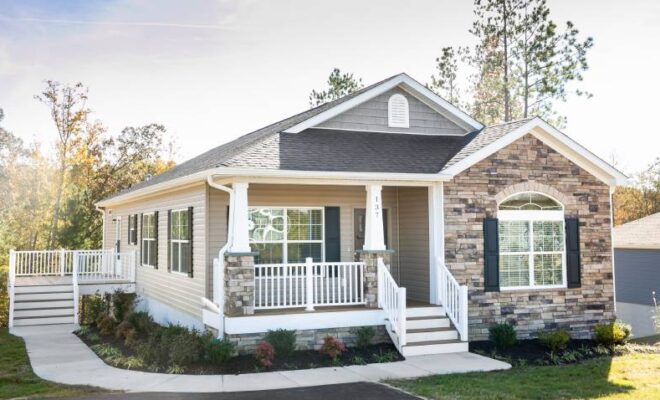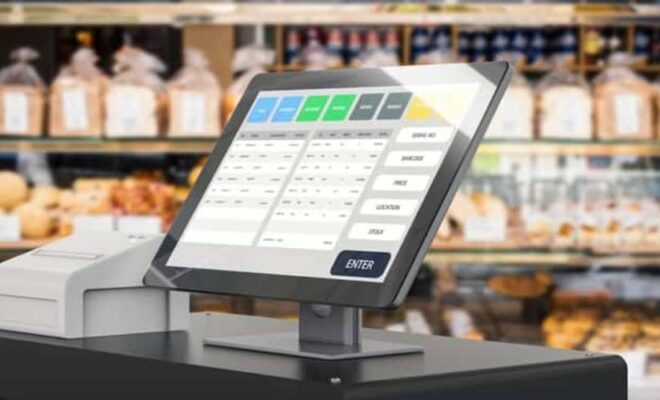Debunking the Biggest Myths About Modular Homes

When people hear the words modular home, some picture flimsy boxes or cookie-cutter houses lined up in the middle of nowhere. Others confuse them with mobile homes entirely. The truth? Modular homes have evolved into one of the smartest, most efficient ways to build — but old myths still cloud their reputation.
So, let’s tackle these misconceptions one by one and see what’s really true.
Myth 1: Modular Homes Are Just Mobile Homes in Disguise
If you’ve been lumping modular homes into the same category as mobile homes, you’re not alone — but you are mistaken.
Reality Check: Modular homes follow the same International Residential Code (IRC) as traditional, site-built homes. They’re placed on permanent foundations, built for long-term living, and often exceed local building standards. Mobile homes, on the other hand, are built under the HUD code and are designed to be movable — a completely different type of housing.
Myth 2: They’re Poor Quality
Some people hear “factory-built” and imagine corners being cut.
Reality Check: Because modular homes are built indoors, every beam, panel, and joint is protected from rain and wind during construction. Precision machinery ensures measurements are exact, and quality control is tighter than on many open-air job sites. The result? A house that’s strong, energy-efficient, and built to last.
Myth 3: They Don’t Gain Value Over Time
Here’s a myth that keeps a lot of buyers away — and it’s completely unfounded.
Reality Check: A well-maintained modular home in a good location can appreciate in value just like any traditional house. The key factors are the same: location, maintenance, and market demand. In fact, many buyers don’t even realize they’re touring a modular home when they see one on the market.
Myth 4: They’re Not Built to Last
Because modular homes are transported in sections, some assume they’re less sturdy.
Reality Check: Each section must be reinforced to survive transport, so walls, floors, and ceilings are often stronger than in site-built homes. Many modular builds meet or exceed local requirements for wind, snow, and seismic safety, making them impressively resilient in extreme weather conditions.
Myth 5: Financing Is a Nightmare
Some buyers worry that banks will treat modular homes differently — as if they’re risky investments.
Reality Check: Most lenders treat modular homes the same as conventional houses. As long as it’s on a permanent foundation and meets building codes, you can secure a traditional mortgage. In some cases, the lower construction costs can even make financing easier.
Final Word
Modular homes aren’t the “lesser” option — they’re a smarter one for many buyers. They blend customization, quality, and efficiency into a package that can rival (or beat) traditional construction. The myths are old. The reality is modern. And if you’re building in today’s world, modular might just be the future










